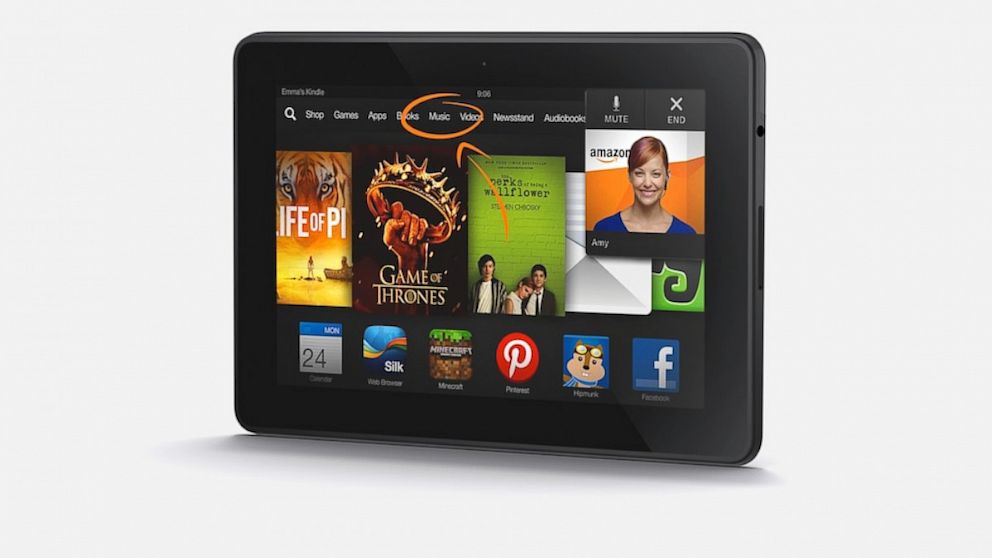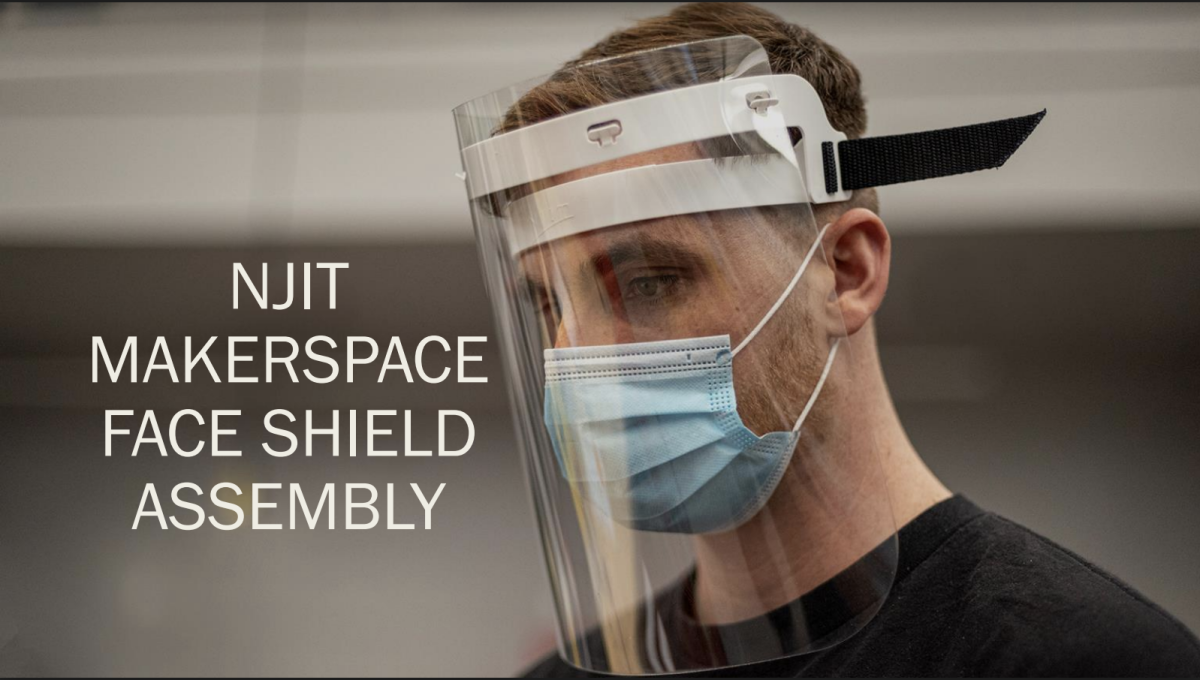Alberto Vergara
One of the most important parts of a modern computer is the screen. The screen is the center of output, and especially with mobile devices such as tablets and smartphones, it is the center of input. Without a screen, you essentially have an unusable device. However, with the size of our mobile devices, a small screen can only do so much, so manufacturers have to make that small screen as functional as possible. One of the ways to increase functionality is to increase the pixel density, and thus the resolution of the screen.
Recently, manufacturers have been making great advancements on screen technology. Companies like Apple, LG, Samsung, and HTC have been putting high density, high resolution displays in their mobile devices, and it’s becoming a big deal among enthusiasts. Large resolutions allow more things to fit on the screen, which aids productivity.
Speaking of reading and high-density displays, Amazon has just announced a pair of new Kindle Fire HDX tablets, in 7 inch and 8.9 inch screen sizes respectively. I’ll be spitting out a few numbers here so bear with me. The 7 inch tablet has a display resolution of 1920×1200, and the 8.9 inch tablet has a resolution of 2560×1600. To put that in perspective, “full HD” is measured at 1920×1080 (1080p), and is found in TVs ranging from 22 inches to 70 inches. Now that’s a lot of pixels to pack in to a tiny amount of space, and to top it all off, the 8.9” tablet starts at $379. For that price, you get a very nice high resolution display and a decent tablet to boot. However, try finding a PC monitor with the same resolution as the 8.9” tablet. Those monitors are far more expensive, ranging anywhere from $600 to $1000+.
Why is it that monitors at this resolution are so much more expensive than their tablet counterparts? I ask this question all the time, but I already know the answer: it’s more profitable to pack pixels into smaller displays and use them in mobile devices. I wish this wasn’t the case, but PC sales are on the decline and the market is moving towards mobile devices. There are some PC manufacturers, like Apple, that have recently been putting high resolution displays in their laptops. Their “Retina Display” label for the screen originally found on the iPhone 4 has recently made its way to Macbook Pros, and other manufacturers are starting to follow suit. Google’s Chromebook Pixel features a high density display, and ASUS has a few ultrabooks with relatively high density displays as well. I hope this practice becomes common and all future laptops and desktop monitors have high resolution displays.
New mobile devices these days have nice high resolution screens on them, even though their physical size is quite small. The resolution revolution hasn’t been advancing as fast on the PC market, but it’s getting better. Hardware manufacturers are making high resolution displays for their laptops and monitors. Hopefully this trend will continue so that the prices of laptops and monitors with large resolutions will decrease to a more affordable level. 4K TVs are right around the corner, so we should get our computer screens up to par as well.































